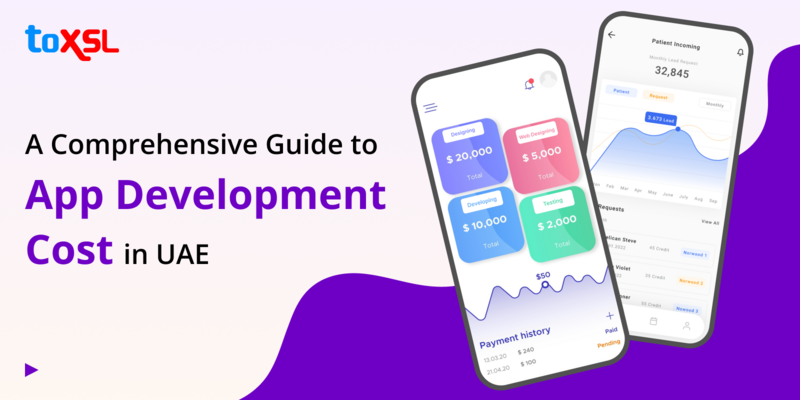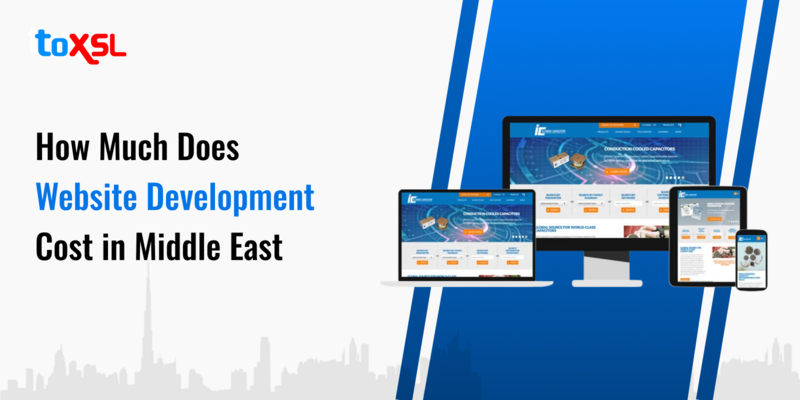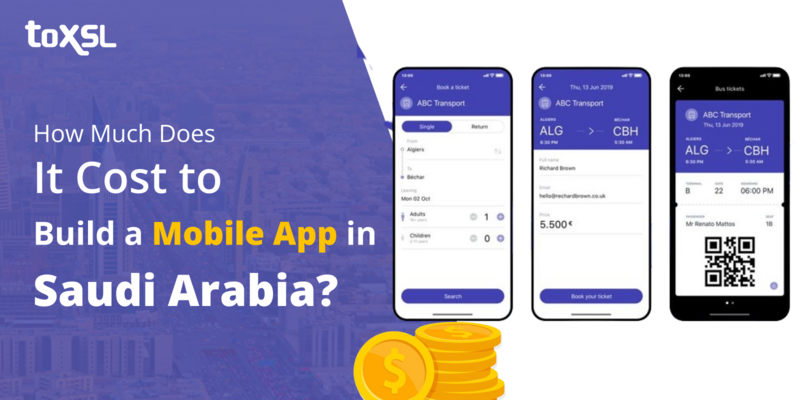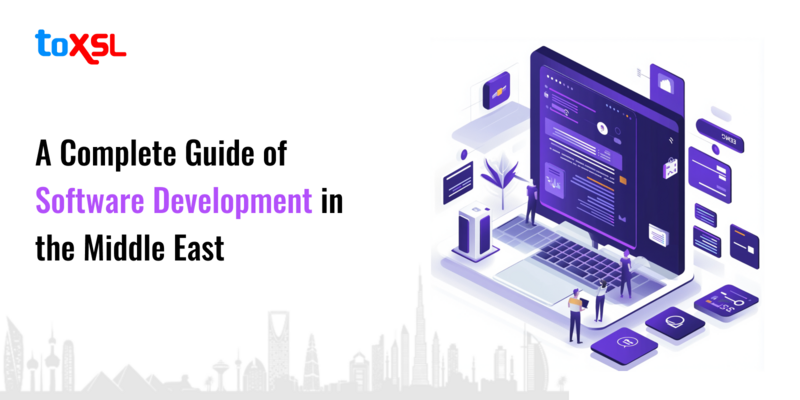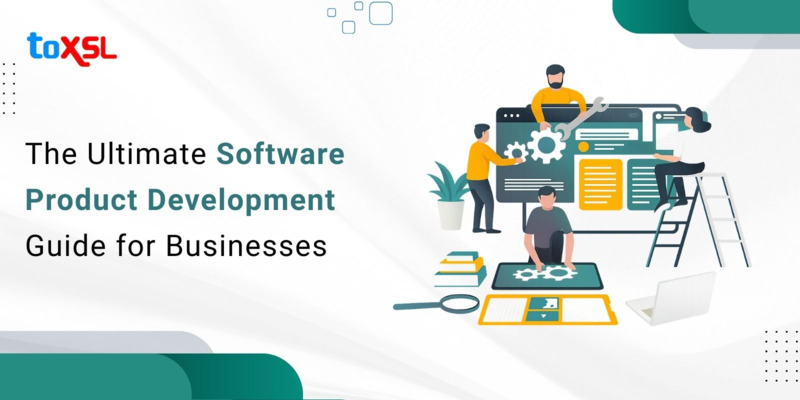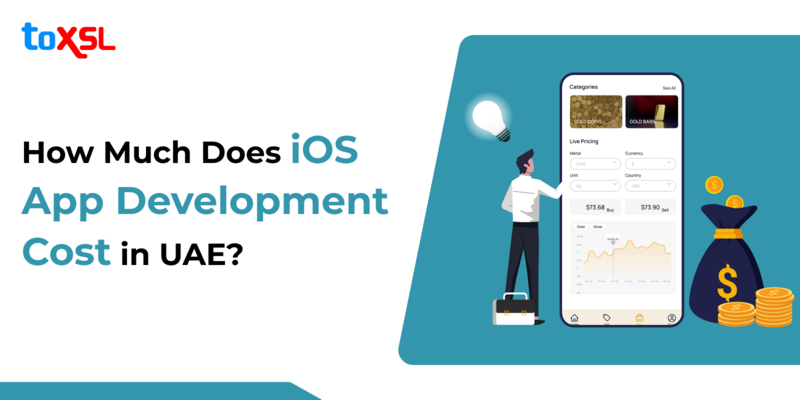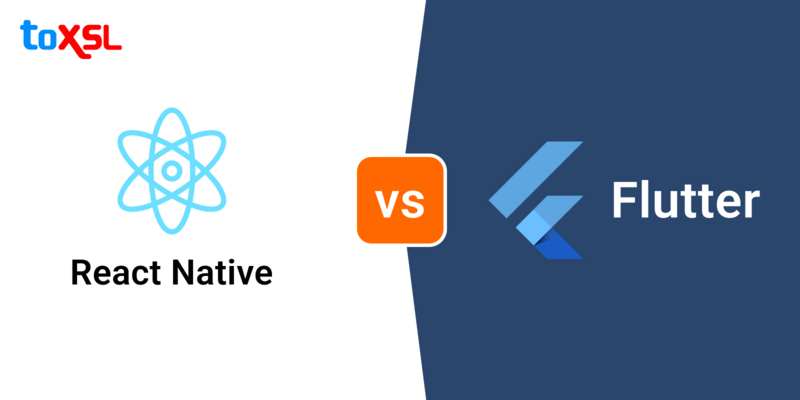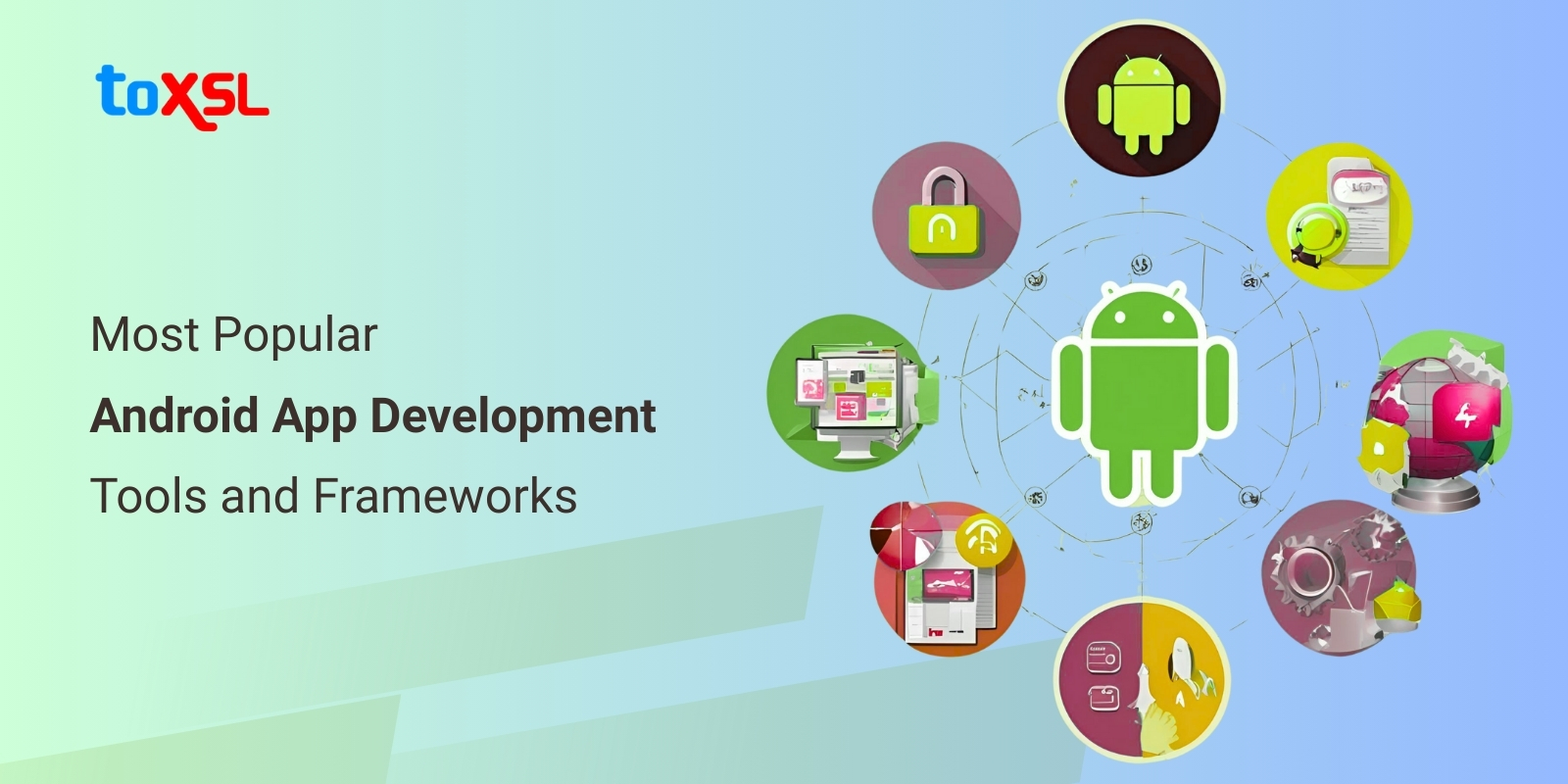
Mobile app development has seen significant growth in the last few years. The mobile market is estimated to reach USD 673.80 billion by 2027. But amid all the evolution of mobile apps, what sets a mobile app apart? Well, it’s Android development frameworks.
Even though there are numerous operating systems and frameworks available in the market, Android is a front runner, holding a significant share of the app development market and providing access to multiple frameworks.
However, with multiple frameworks available, it is challenging for businesses to choose the right framework for themselves. So, to make it easy for businesses, we have come up with the list of the most popular frameworks and their advantages.
Understanding Android Framework
Did you know Android is the world’s most popular operating system, with over 2.5 billion active users across 190 countries? Android’s widespread adoption and vast customisation options have helped Android app development and its associated frameworks attract businesses aiming to expand themselves and enhance their competitive edge.
You might be wondering how an Android framework functions. Well, the Android framework acts as the backbone of Android apps and serves as a foundation of the Android operating system. It offers developers a wide range of toolkits, helping them in app development. The toolkit consists of a collection of libraries and interfaces that facilitate numerous functions important for app development.
At the core of the Android framework lie components such as the Activity Manager, which is responsible for the management of app lifecycles and user interfaces. Activities include representation of various screens and interfaces that are controlled by the manager, ensuring easy navigation and interaction. But among so many frameworks, which one is good for your app?
Top Android Development Frameworks
Choosing the right frameworks for Android app development is crucial. They significantly affect the efficiency, scalability, and success of the project. Here are the top Android app development frameworks that developers can choose as per their business needs:
1. Flutter
Flutter is a free and open-source toolkit developed by Google. It develops apps that work on both iOS and Android and allows developers to use the same code for both platforms, making it easier to build apps. The web version is still being tested, and the desktop version is in early development.
Flutter was first introduced in 2015 and officially launched in 2018, so it is still considered a new technology. It uses the Dart programming language and has become popular, and there are more than 100,000 apps developed using it. Flutter is easy to use because it comes with many built-in tools, such as a rendering engine, ready-to-use widgets, and testing tools, which help developers create high-quality apps quickly.
Benefits of Flutter
Here are a few benefits of Flutter:
Fast Development Process: Flutter is a cross-platform tool, which means you can create an app for both iOS and Android using the same code. This makes development quicker and easier. Furthermore, Flutter has a feature called "hot reload" that allows you to see if any changes are made in the app right away without restarting it. This speeds up the process a lot.
Widgets and Compatibility: The basic component used to build an app is a widget. Flutter has many ready-made widgets as well as customisable ones, so everything is built from these widgets. Because widgets are part of the app itself and not tied to a specific platform, apps made with Flutter usually have fewer problems when running on different devices or operating systems.
High Performance: Apps made with Flutter perform as well as native apps, which makes it better than other cross-platform tools. This is because Flutter does not use a bridge (like JavaScript or WebView) to communicate with the platform. This allows apps to start faster and run smoothly with attractive animations.
Open Source and Community Support: Flutter is an open-source platform, meaning it’s free to use. The growing Flutter community helps in documentation improvement and assists developers with any issues they face. But where can you learn more about it? Well, you can find many YouTube videos to help you learn Flutter or improve your skills with it.
Faster Time-to-Market: One of the best things about using Flutter is that it helps you in the quick launch of your app. With many helpful features, Flutter allows you to launch your app quickly while also making it easy to add new features and updates for both iOS and Android at the same time.
2. React Native
React Native is an open-source software launched by Facebook in 2015. It uses JavaScript to make apps that can run on both iOS and Android at the same time, using one codebase. This feature has made React Native very popular among developers. According to a survey in 2021, more than 58% of developers chose React Native and plan to keep using it.
React Native allows developers to create apps that look and feel like native apps on both platforms. This means you can build high-quality apps without having to write separate code for iOS and Android. Furthermore, the framework is easy to learn, especially for those who already know JavaScript and React.
Benefits of React Native
Here are the benefits of using React Native:
Code Reusability: The biggest benefit of React Native is that developers don’t have to write separate code for Android and iOS. About 90% of the code can be reused for both platforms, which makes development faster and easier. This means you can launch your app sooner and spend less time on maintenance.
Native Look and Feel: React Native uses components that match the native parts of the app. It combines these native elements with JavaScript, giving the app a look and feel similar to apps made specifically for each platform. Also, due to the same building blocks, this made the app look consistent on all platforms.
Live Reload: The live reload feature in React Native allows developers to see changes in real time. This helps developers fix issues in the code while the app is running, and it will automatically update without needing to restart. You can also reload just a specific part of the app to save time.
UI Focused: React Native uses the React JavaScript library to create user interfaces that are quick and responsive. Due to its strong rendering capabilities and a component-based approach, it makes it simple to design both basic and complex user interfaces.
3. Ionic
Ionic is an open-source framework made with Apache Cordova (also known as PhoneGap) and Angular. It allows developers to develop apps for Android and iOS that work smoothly on mobile devices. Being one of the best frameworks for mobile apps, Ionic helps developers build strong and feature-rich native applications.
Benefits of Ionic
Here are a few benefits of the Ionic framework:
Platform Independent: Ionic offers tools that developers can use with popular frameworks, libraries, and languages to create apps for Android and iOS, as well as mobile-ready Progressive Web Apps (PWAs). It lets you write the code once and use it everywhere; businesses and developers can save time and money.
Easy to Learn: Ionic is often chosen for cross-platform app development because it is easy to learn. If you have basic web development skills, you can start making apps. To learn Ionic, you just need to understand some new HTML tags and JavaScript APIs to use native features and build apps with frameworks like Angular, React, or Vue. You don’t have to change your career goals; you can keep building on your web development skills.
Use Native Plugins: Ionic makes app development easier with its native plugins, which are managed by the Ionic team. These plugins include popular native features that are often used in business apps. Ionic also offers custom development options to meet specific device needs.
4. Xamarin
Xamarin is a tool for developers to create mobile apps that work on multiple platforms, like Android, iOS, and Windows. After Microsoft bought Xamarin and made it open-source, it became more popular for cross-platform development.
With Xamarin, developers can use C# and the .NET framework to build apps. This means they can share their code across all platforms, making it easier and faster to develop applications.
Benefits of Xamarin
Here are the benefits of using Xamarin.
Provides Native Experience: Many cross-platform development tools lose the unique features of each platform. However, Xamarin emphasises the strengths of each platform by converting Objective-C, Java, and .NET into C#. This allows developers to create software that works well on all operating systems using shared code and libraries, giving users a complete native experience.
Covers Most Mobile OS: While other tools typically support just Android and iOS, Xamarin goes further by also supporting Windows Phone and Blackberry operating systems.
Reduces Cost: Xamarin removes the need for the development of separate apps for different operating systems. This means you don’t have to hire extra developers for each platform. Additionally, maintenance costs are lower because one team can handle troubleshooting after the app is launched.
Conclusion
Now that we have discussed all the top frameworks and their benefits for businesses, We hope that you will be able to choose the required one. At ToXSL Technologies, we have a team of highly skilled developers helping businesses expand their business with the help of Android app solutions. We have more than 12 years of experience in mobile app development and have offered the most innovative solutions to various industry leaders. Get in touch with us today and take your business to the next level.

